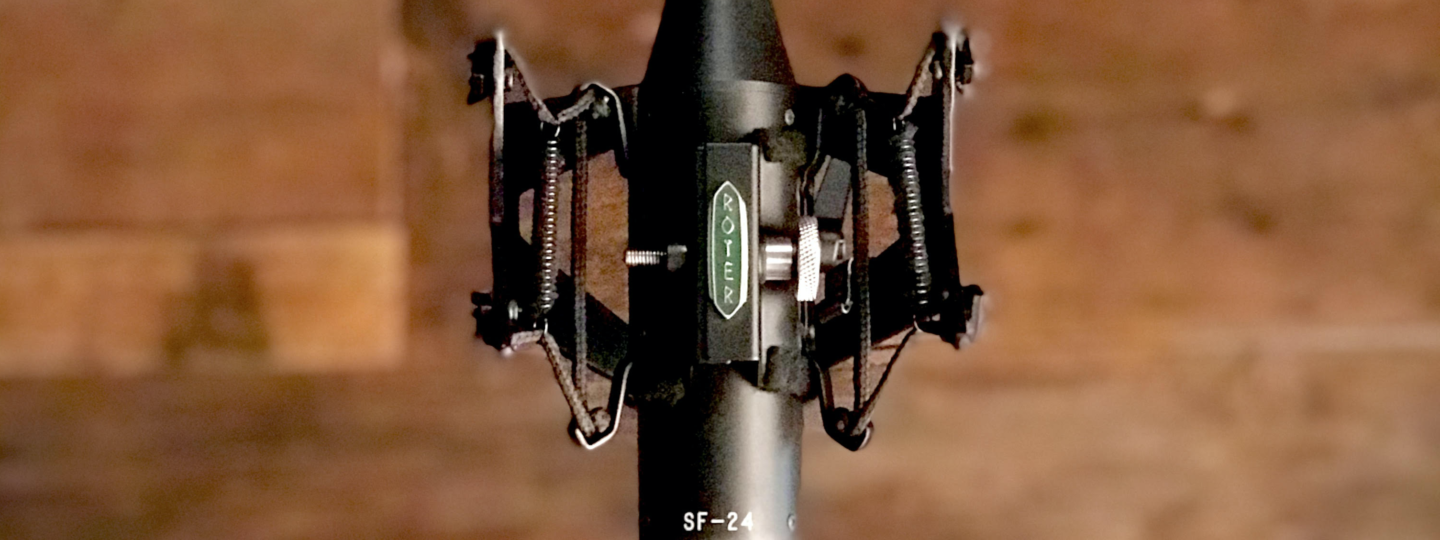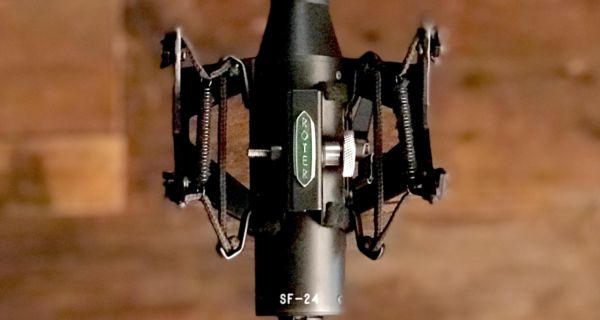microphone monday
Welcome to our “Microphone Monday” series, where we spotlight some of our favorite tools and techniques to capture sounds in the studio.We kick things off with a microphone you’ll see in virtually every session we do – the Royer SF24 Stereo Ribbon microphone.
To say we are fans of ribbon mics here would be an understatement! With a deep collection of modern and vintage classics by Bang & Olufsen, Beyerdynamic, Coles, Peluso, MBHO,RCA and Royer, the natural warmth and character of ribbons are applied many sources here in the studio.
Ribbons are described as “dark” in comparison to their brethren the condenser microphone. However, we find when paired with a nice equalizer like a Pultec, API 550 or Neve 1073, a larger-than-life sound can be achieved that will hold up against the best condenser mics out there.
We’re also connoisseurs of stereo microphone techniques, whether a simple XY or DIN/ORTF to more complex arrays like Blumlein, Mid/Side and Decca Trees. (If that previous sentence was greek to you, stay tuned for future posts about stereo techniques.)
So the Royer SF24 found a home in sessions quite quickly for us and has rarely been put away since! A stereo microphone, using two offset figure 8 ribbon elements to create a “Blumlein” pattern, it also boasts active electronics. The SF-24 contains two fully balanced, discrete head amplifier systems using specially wound toroidal transformers and ultra-low noise FET’s.
This delivers higher sensitivity, but lower noise, almost like a condenser microphone. It simpler terms, it lets you mate an SF-24 to any preamplifier without needing tons of gain and ensuring the tone being put out is even across different preamp choices. Even with quiet sound sources, you’ll have enough level to capture any recording. The active electronics also slightly increase the high frequency response, giving you a less “dark” ribbon sound.
The versatility of the Royer SF-24 is uncanny for creating “you-are-there” stereo recordings that capture not only the instrument(s) being recorded but, depending on how the microphone is positioned, varying degrees of the acoustical space. And the phase compatibility between both sides of the SF-24 is excellent, allowing you to combine two channels in mono without creating any artifacts. This allows us to capture all the beautiful acoustic reflections off our reclaimed barn board lined rooms, and/or the rich fundamental tone of the instrument(s) in the room, bringing space and warmth to every recording we make.
Here at Tank Recording you’ll most often find it used as our main stereo room mic, but also direct on sources like drums, upright bass, piano, acoustic guitar, strings, horns and vocal groups.



